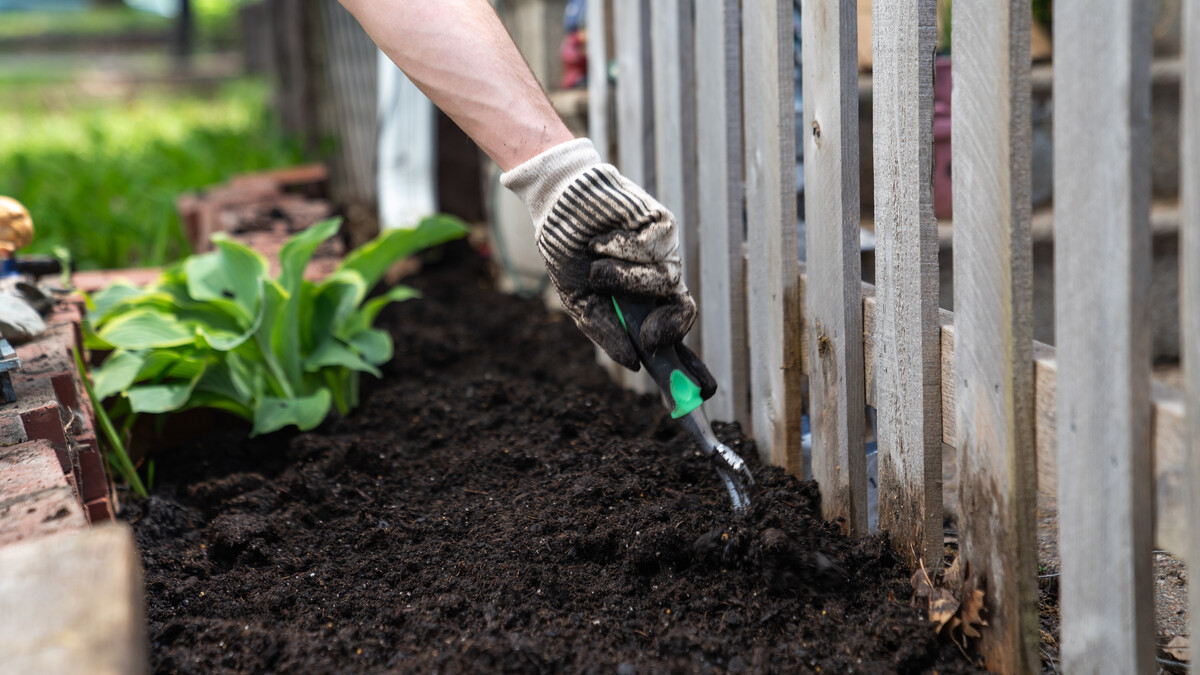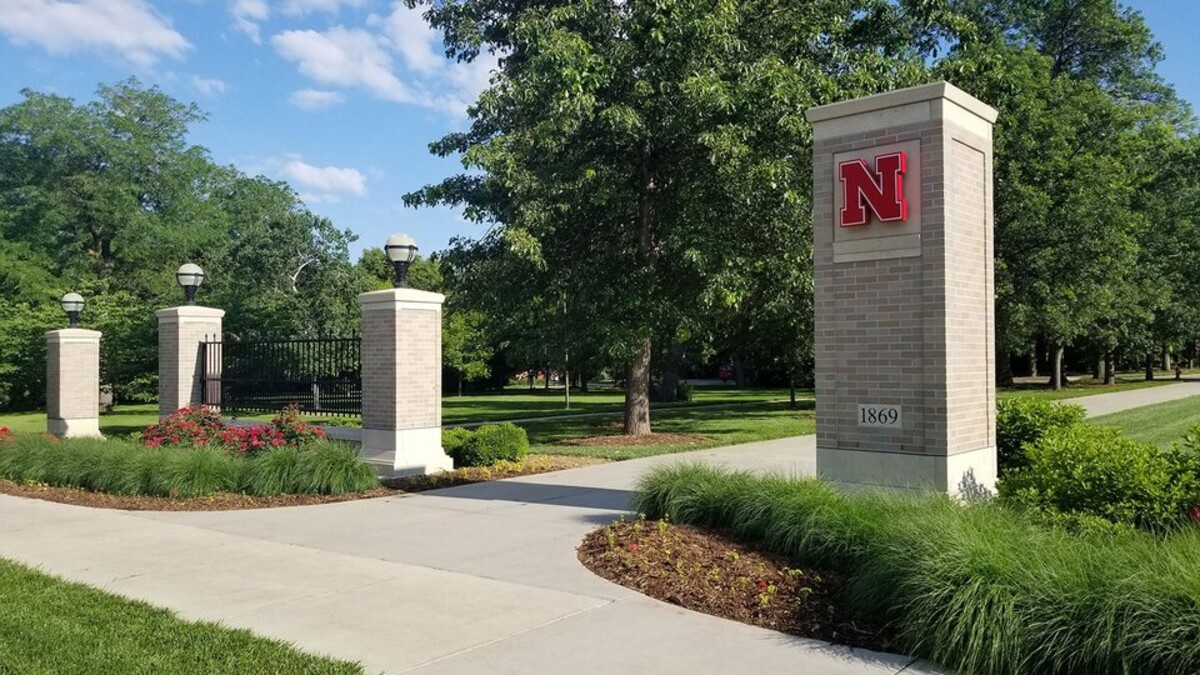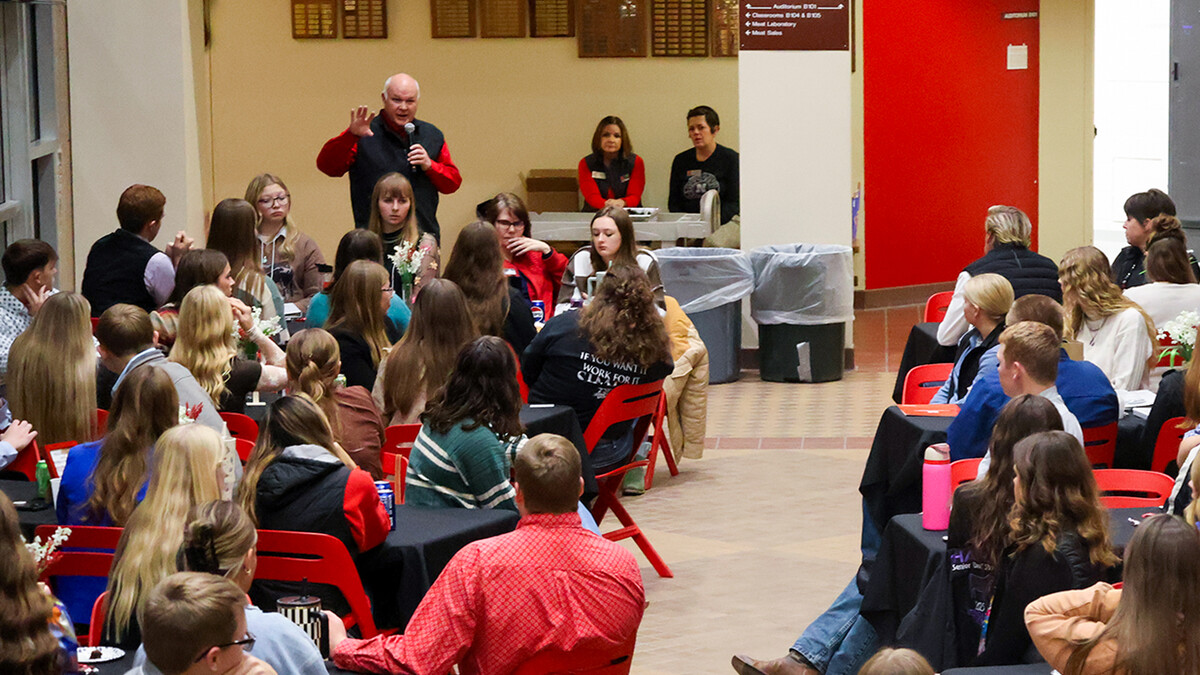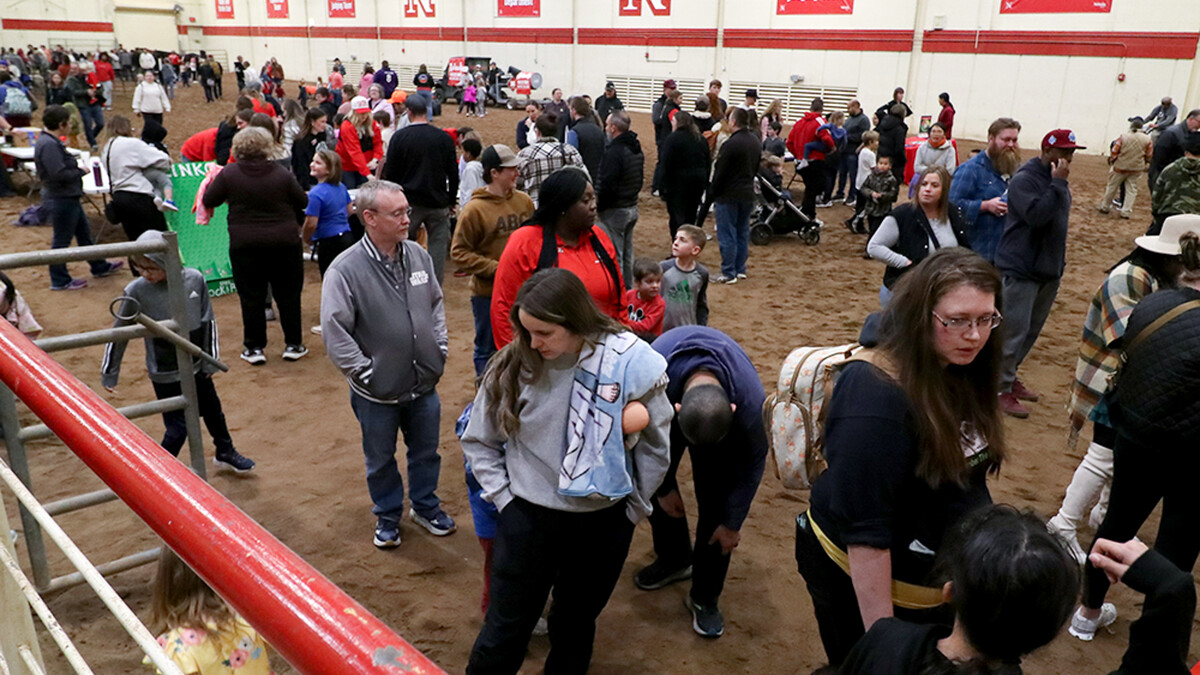A University of Nebraska–Lincoln program is delivering fresh produce to kitchens across the Cornhusker State.
Organized by Nebraska Extension as part of the Growing Together Nebraska project, SNAP-Ed and Extension Master Gardener volunteers are working to establish community gardens, increase access to fresh produce, and provide garden and nutrition education. Emily Gratopp, an associate extension educator in Lancaster County, said the project is an opportunity to promote better overall health statewide.
“This is a very small part we can play to build up that access and provide equitable health-serving resources to people in our communities and across Nebraska,” she said.
Troy Fedderson | University Communication and MarketingVolunteers plan and maintain donation gardens in 12 communities across the state and donate the harvest to food pantries and other emergency food distribution sites. In 2023, volunteers supplied more than 46,500 pounds of fresh produce to groups statewide, providing resources to nearly 20,000 Nebraskans.
In Lincoln alone, there are four gardens that volunteers plant, maintain and harvest throughout the growing season. The gardens and produce donations are organized in partnership with several food pantries and distribution partners, including Connection Point, People’s City Mission, First Free Church, Food Fort and Catholic Social Services.
The program has a presence in nine states. Nebraska’s iteration started in 2016, and its primary funding source is Supplemental Nutrition Assistance Program-Education, or SNAP-Ed.
“The project strives to grow produce locally and then get it into the hands of those who have limited access,” said Natalie Sehi, SNAP-Ed educator with Nebraska Extension.
The gardens grow a wide variety of items, from cabbage, spinach and broccoli to squash, carrots and onions to cilantro, garlic and basil. Gratopp said working with the Master Gardeners is beneficial because of their knowledge of how to grow a healthy yield.
“It’s kind of a combination between what grows well in Nebraska, what audiences want and that science of crop rotation,” Gratopp said.
Nebraska Extension SNAP-Ed staff provide nutrition education through clear labeling of the items in multiple languages with photos, handouts explaining proper storage and preparation, and cooking classes and demonstrations at the sites.
The Lincoln sites received a grant this year from Farm Credit Services of America to provide recipe kits. The kits include fresh produce from the garden along with other ingredients needed for a full meal to make a nutritious recipe.
“A lot of them taste great raw, but it’s kind of fun to add in those other elements and get a whole meal,” Gratopp said.
Lori Vossler, Extension assistant with Nebraska Extension SNAP-Ed, provides nutrition education and cooking demonstrations at distribution sites to increase healthy food choices by helping participants prepare and consume the produce. She said she recently created recipe kits for vegetable quesadillas that included summer squash, tomatoes and onions from the gardens along with tortillas and cheese.
“One of the recipe kit recipients walked out and said, ‘I know what I’m fixing for supper tonight,’” Vossler said. “She had been at the pantry shopping, and she was thrilled to go home with all the ingredients to make something for her family that night with fresh vegetables in it.”
Craig Chandler | University Communication and Marketing Meaghan Spitz (left) and Boots Wailes pick tomatoes from the Extension Master Gardeners raised bed garden in west Lincoln.Sehi said the educational component of the program helps maximize the nutritional benefits of the produce.
“If people don’t know what the produce is or how to eat it, the nutrition is not going to get into their body,” Sehi said. “Being able to provide the produce and food demos really help people understand the nutritional value of healthy food and what it can do for their body.”
Master Gardeners and SNAP-Ed personnel also try to be responsive to what people want from the pantries so items don’t just sit on the shelves. They communicate with partners from the distribution sites to learn which items would be most desirable or useful at each location depending on the population in that area. For example, in areas with numerous Latino families, peppers might be popular because they are used in many recipes from those cultures. In general, they have found that veggies that are ready to simply wash and eat, like cherry tomatoes, are popular, as are herbs and some leafy greens.
“For many people, food adds a level of comfort. When we can provide fresh vegetables that match what people are familiar with and grew up with, they feel more comfortable cooking,” Vossler said. “Food can be so much of a part of who we are. When community members see we are growing produce that is healthy and matches those special memories, it can be a way to learn from each other and be a positive way to strengthen our community."







